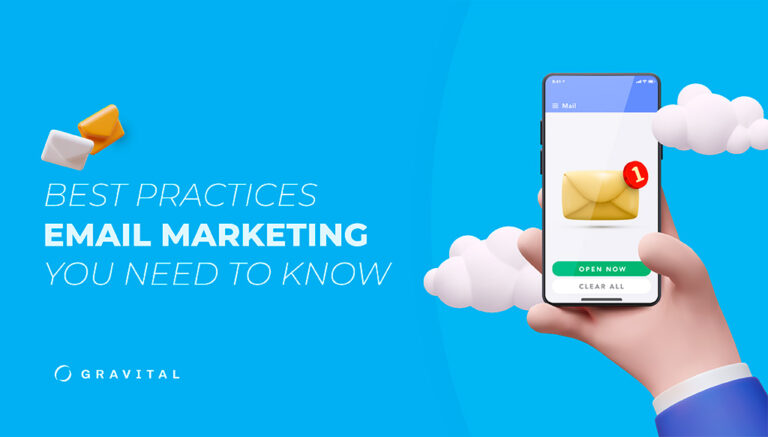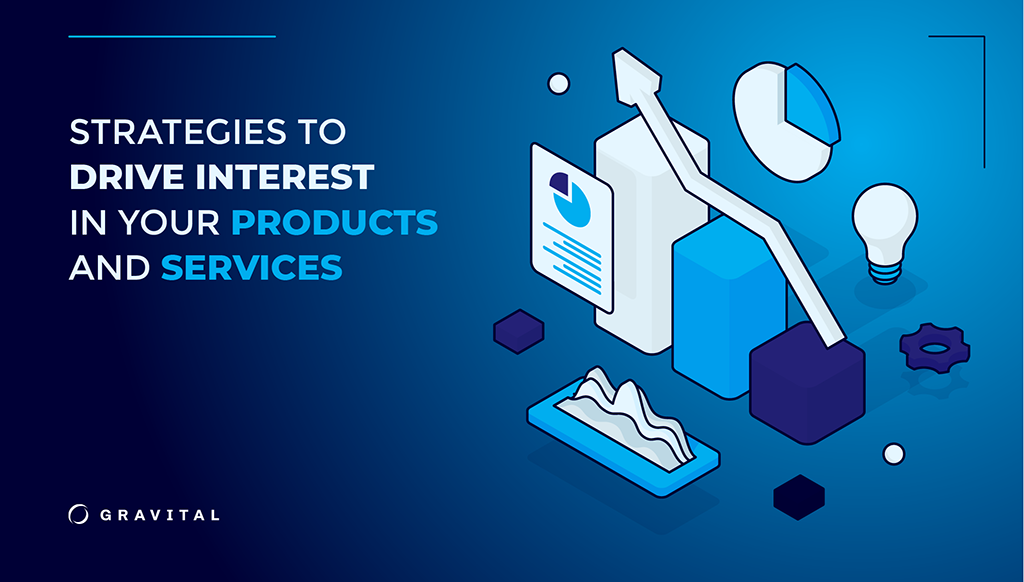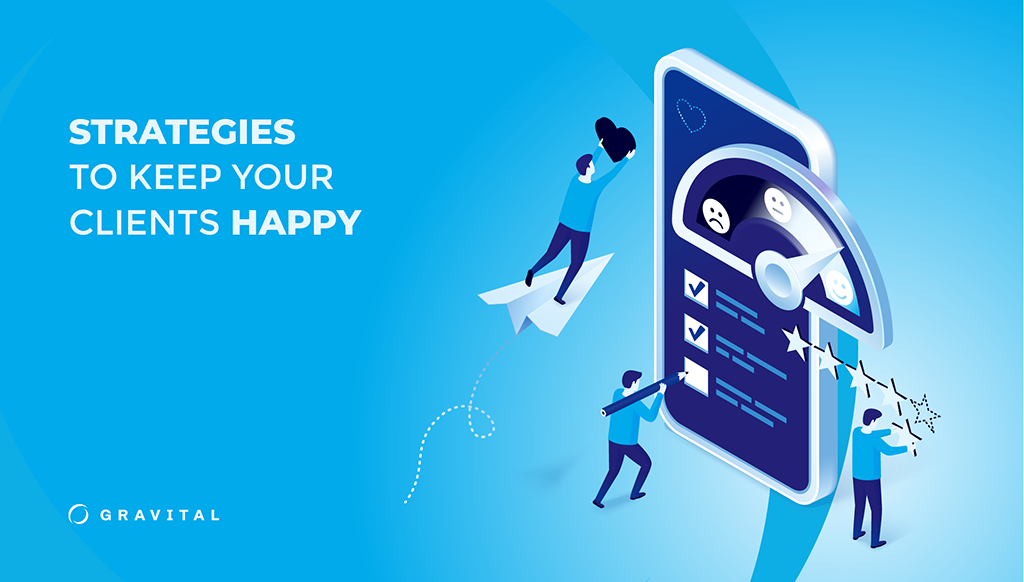Email newsletters are at the heart of many successful digital marketing strategies. With their low-cost and high-reach nature, they’ve become an increasingly popular communication tool for brands, companies and organizations across many business sectors.
By enabling companies to send timely information, updates, insights and other valuable content straight into subscribers’ inbox, newsletters allow companies to connect with their target audience in a meaningful way.
What is an Email Newsletter?
An email newsletter is a recurring email sent to subscribed contacts containing informational content, from news articles to resources and tips, focused on one or more topics of interest. As part of a broader email marketing strategy, online newsletters aim to provide valuable information for the audience and maintain ongoing contact with subscribers.
There are many types of email newsletters:
- Informational newsletters: provide updates about the company, industry news, reports and educational content.
- Promotional newsletters: designed to announce new products, services and offers.
- Event newsletters: keep the audience informed about upcoming events.
- Lead nurturing newsletters: guide potential customers through the buyer’s journey; usually feature case studies, testimonials and white papers.
- Community-Building Newsletters: foster a sense of community among subscribers, often sharing user-generated content, customer stories and asking for feedback.
- Thought-Leadership Newsletters: position a company or its leaders as experts in the field through factual information, opinions and thought-provoking content.
Healthcare companies, for example, use newsletters to share the latest research on specific health conditions, treatment options, new diagnostic tests, changes in health insurance policy, etc., while retailers frequently use email newsletters to inform subscribers about seasonal sales and discounts.
Regardless of the type, each newsletter aims to keep the audience engaged with the brand and provide subscribers with relevant content.
Benchmarking: Examples of Popular Newsletters
Take a look at these popular newsletters to see how companies and marketers are using email newsletters to reach, engage and convert target audiences.
The Importance of Relevance, Engagement and Value
Creating engaging, relevant and valuable newsletters is not just important, it’s crucial. Why? Because in the tsunami of emails that flood our inboxes daily, only the most compelling newsletters get opened and read.
Your email newsletter simply must stand out. Subscribers need to see the value in every newsletter you send; otherwise, they will unsubscribe or ignore your future emails.
By delivering relevant, engaging, valuable content to subscribers, you have an excellent opportunity to deepen your relationship with your audience, positioning your brand at the top of their mind.


Best Practices for Crafting High-Quality Newsletters
Creating a top-notch online newsletter requires more than just good writing. Following are 10 proven best practices to help guide your newsletter project.
1. Know Your Audience
Understanding your audience is key. Tailor your content to their interests, problems and needs (pain points and solutions). The more personalized your content, the more relevant it will be to your subscribers.
2. Segment Your Audience
Not all subscribers have the same interests or are at the same stage in the customer journey. Segmenting your audience allows you to send targeted content, increasing its relevance and effectiveness.
3. Be Consistent
Establish a regular, predictable schedule for your newsletters. This can build anticipation and increase open rates.
4. Create Compelling Subject Lines
The subject line is your first and best chance to capture your audience’s attention. A powerful subject line sparks curiosity and compels recipients to open your email. Therefore, it’s extremely important that you use compelling, concise and intriguing subject lines. Make sure the newsletter delivers what the subject line promises.
5. Deliver Value in Every Issue
Whether it’s industry insights, tips or exclusive deals, ensure that each newsletter you send provides value that justifies the audience’s time spent reading it.
6. Use a Visually Appealing Design
A clean, visually attractive design and easy-to-navigate layout significantly (even monumentally) improves user experience and engagement. Don’t forget to use brand-aligned colors, fonts and images.
7. Optimize for Mobile
With more people reading emails on smartphones, your newsletter’s design must be responsive and mobile-friendly.
8. Encourage Interaction
Boost engagement by asking subscribers for feedback, running polls and contests, and encouraging them to share the newsletter in social media or forward it to people they think might find it valuable.
9. Track and Analyze Performance
Use key metrics such as open rate, click-through rate and conversion rate to evaluate the effectiveness of your newsletters. This data can inform future strategies and content.
10. Include a Clear Call to Action
Whether you want your readers to read a blog post, buy a product or register for an event, your CTA needs to be clear and persuasive. Show them what you want them to do.
Final Words
At a time of information overload, creating high-quality, engaging online newsletters is an effective way for brands and companies to cut through the noise. By delivering consistent, targeted and valuable newsletters, you can drive engagement, build a loyal audience and foster stronger relationships with existing and potential customers.
If you would like to elevate your newsletter strategy, get in touch with us today. We can help you craft online newsletters that captivate and convert.


